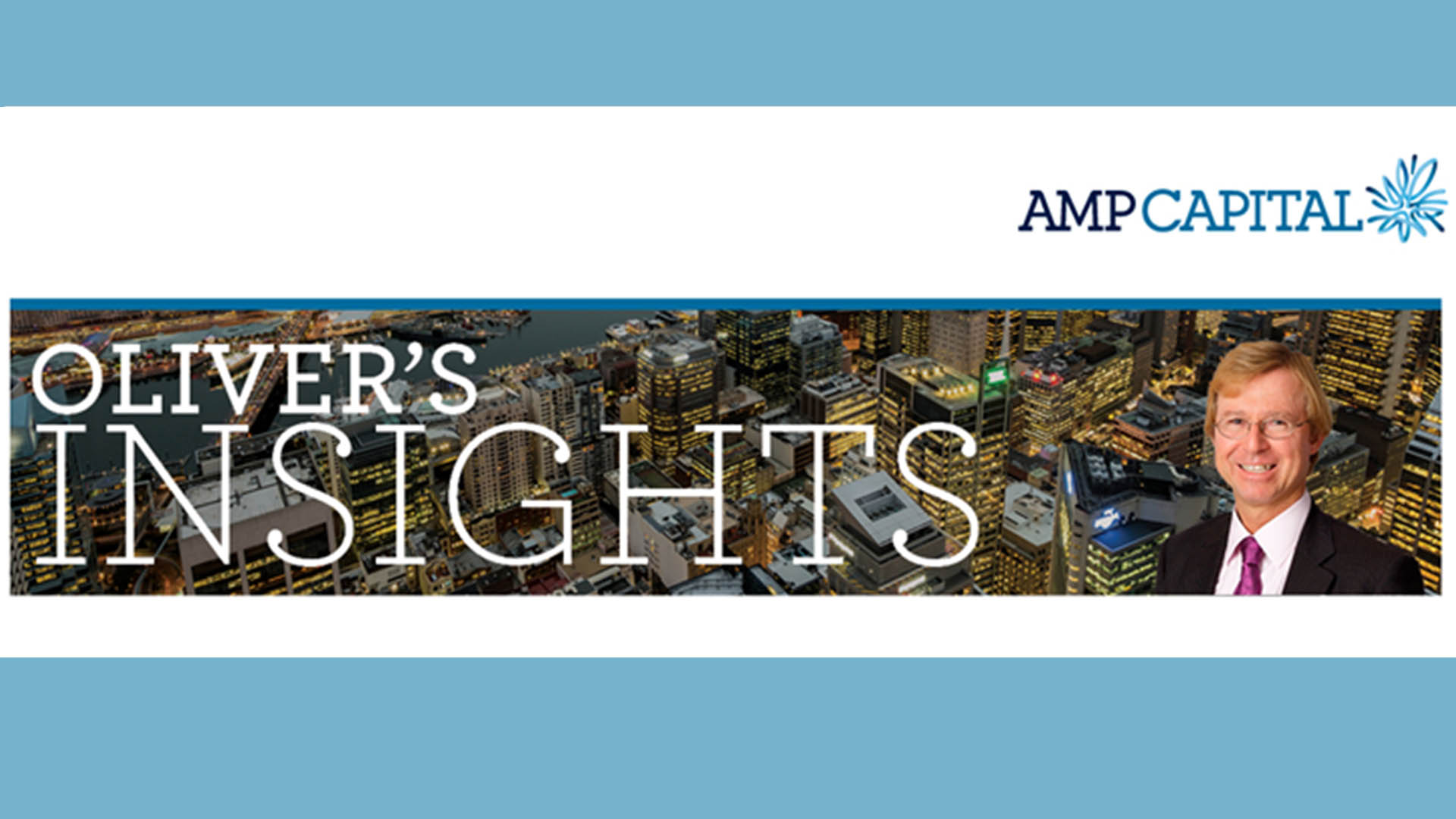As expected the Reserve Bank left its key cash rate on hold at 1% at the August monetary policy meeting yesterday but that doesn’t mean further rate cuts are out of the question.
The RBA decision had no impact on the market which slumped more than 2.5% yesterday as investor fears about the instability being generated by Donald Trump and his administration’s inflammatory attacks on China grow and undermines confidence.
Future rate cuts are very obvious (hence the drop in bond yields yesterday) and the central bank made it clear in a post-meeting statement that it stands ready to cut again if need be.
“The Board will continue to monitor developments in the labour market closely and ease monetary policy further if needed to support sustainable growth in the economy and the achievement of the inflation target over time,“ Governor Philip Lowe said in the post-meeting statement.
In any case, the RBA made it clear that whatever it does to rates in the short term in the next couple of years don’t bank on a rise – rates will remain low for some time to come.
“It is reasonable to expect that an extended period of low-interest rates will be required in Australia to make progress in reducing unemployment and achieve more assured progress towards the inflation target.”
And according to the statement, the time it takes for unemployment to be reduced and higher inflation has grown – the RBA has trimmed growth estimates and changed its inflation forecasts.
The RBA revised down its May GDP growth forecast to around 2.5% for this year from 2.75 (the forecasts will be published in the third Statement of Monetary Policy for the year to be released on Friday.
It noted that wages growth remains subdued with little upwards pressure, saying:
“Wages growth remains subdued and there is little upward pressure at present, with strong labour demand being met by more supply. Caps on wages growth are also affecting public-sector pay outcomes across the country. A further gradual lift in wages growth would be a welcome development.
And the RBA indicated that inflation will take longer than earlier expected to reach 2%.
“…it is likely to take longer than earlier expected for inflation to return to 2 percent. In both headline and underlying terms, inflation is expected to be a little under 2 percent over 2020 and a little above 2 percent over 2021,“ the RBA said.
Trump’s trade wars with China, Europe and Japan (and other disruptions such as Brexit and the growing argument between Japan and South Korea) is also having a bigger impact on RBA thinking. Yesterday’s statement saying:
“ the increased uncertainty generated by the trade and technology disputes is affecting investment and means that the risks to the global economy remain tilted to the downside.”
In a note issued on Tuesday afternoon after the statement was released, AMP Chief Economist, Shane Oliver wrote
“For now the RBA is in wait and see mode – basically waiting to see what sort of boost to growth the rate cuts of June and July and the Federal Government’s tax cuts for low and middle-income earners provide. Baring a shock to the economy this is likely to remain the case for a few months.
“However, while the rate cuts seen so far and the Federal Government’s tax cuts will help, we see unemployment drifting up to around 5.5% by year-end in contrast to the RBA’s expectation for a fall to around 5% over the next couple of years.
“The stimulus to date won’t be enough to get wages growth up and inflation back to target and so we expect the RBA to resume cutting rate later this year with 0.25% cuts in each of November and February,” Dr. Oliver wrote.








